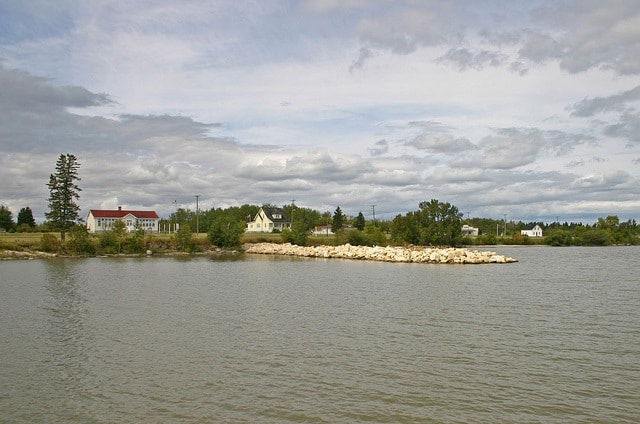Manitoba has no shortage of historic sites open to the public. Many are free to enter; others are included in nominal park admission fees. True history buffs could spend weeks touring the province and still not learn everything there is to learn about provincial history.
If you don’t have weeks, or even a week, you’ll need to prioritize. These five historic sites should be at or near the top of your list of places to see in Manitoba — and, if you’re disciplined about it, you can hit them all in a long weekend.
- Brockinton Archaeological Site
One of Manitoba’s oldest historic sites is located near the village of Melita, in the southwestern corner of Manitoba. It’s known as the Brockinton Archaeological Site, and it’s home to three separate indigenous remnants: a butchering station dating back to 800 C.E., a Duck Bay culture village that persisted for about 250 years in the early third millennium, and a Williams culture village that lasted for an unknown amount of time after 1600 C.E. For more indigenous history, check out the nearby Linear Mounds Archaeological Site.
- Hecla Village
Located on beautiful Hecla Island, Hecla Village is a restored Icelandic-Canadian village that’s frozen in time, circa 1920 or so. It features a beautiful church, a school, an ice house, and a handful of other buildings. Icelandic immigrants and their descendants lived in the village and fished nearby Lake Winnipeg from the late 19th century through much of the 20th century. Today, their descendants live throughout Manitoba — roughly 35% of Icelandic Canadians live in the province.
“Hecla Village is one of the most visible and best preserved remnants of New Iceland,” says local resident and marina owner David Janeson. “Interest in New Iceland’s heritage has really ticked up in recent years, so it’s a great time to visit.”

- Winnipeg’s Early 20th-Century Skyscrapers
Though Winnipeg today isn’t nearly as vertical as Toronto or Vancouver, it was the first Prairie Province capital to build up. In 1912, the Confederation Building pierced the city’s skyline; the Union Trust Tower and Bank of Hamilton Building shortly followed suit. All three exemplify styles typical of early 20th-century skyscraper construction, and they’re all conveniently located within walking distance in the city’s quaint Exchange District.
- Fort Dufferin
Fort Dufferin’s history is checkered, to say the least, but one can’t learn from the past when one shies away from it.
Located on the U.S. border, near the community of Emerson, Fort Dufferin was the primary entry point for late-19th-century immigrants heading north into Canada on the Red River. It served as a quarantine for travelers thought to carry diseases or harbor “undesirable” qualities, and conditions within its walls were often abysmal.
Fort Dufferin was also the epicenter of the Canadian government’s efforts to subdue the aboriginal peoples who then called the vast prairies of Manitoba and Saskatchewan home. The Royal Canadian Mounted Police used it as a staging ground for violent excursions into the unorganized, “lawless” Northwest Territories.
More prosaically, Fort Dufferin was also a staging ground for the official survey of the 49th parallel — the border between the United States and Canada.
- Red River Floodway
This 20th-century marvel barely qualifies as “historic.” Completed in the late 1960s, it’s a massive floodwater diversion project that tamed the unruly Red River. As the only reason downtown Winnipeg hasn’t suffered a catastrophic flood since the mid-20th century, it’s worth a visit.







